- Description
- Reviews (0)
Description
🧪 Tube Anemone (Cerianthus membranaceus)
An Elegant Display of Underwater Grace
Bring a mesmerizing splash of color and motion to your aquarium with the Tube Anemone! With its long, flowing tentacles and captivating colors — from vibrant purples to glowing greens and fiery oranges — this fascinating invertebrate makes a truly exotic centerpiece for species-only or display-focused aquariums.
Unlike traditional hosting anemones, Tube Anemones are unique burrowing animals that live in soft substrates and extend their stunning tentacles like an underwater fireworks show. While they do not host clownfish, their dramatic appearance and behavior more than make up for it.
🌊 Key Features
- 🌈 Vibrant, Colorful Display — Available in eye-catching hues like neon green, purple, pink, orange, and more
- 🌀 Graceful Movement — Long, flowing tentacles move hypnotically in the current
- 🌙 Nocturnal Activity — Often more active in the evening, making them great for moonlight viewing
- 🧪 Unique Burrowing Behavior — Lives in a self-secreted tube within the sand or soft substrate
- 🛑 Non-Hosting — Not compatible with clownfish or other symbiotic relationships
- 💎 Ideal for Species-Only or Display Tanks — Perfect for advanced aquarists seeking a standout specimen
🔧 Tube Anemone Care Guide
📏 Tank Requirements
- Minimum tank size: 40+ gallons
- Substrate: Fine sand or muddy bottom for tube building
- Placement: Substrate zone, allow ample open space
- Lighting: Moderate to low — does not rely on photosynthesis
- Water Flow: Moderate to strong; keep detritus moving
🌡️ Water Parameters
- Temperature: 22–26°C (72–79°F) 🌡️
- Salinity: 1.024–1.026 SG
- pH: 8.1–8.4
- Nitrates: Low (below 10 ppm preferred)
- Calcium & Alkalinity: Stable, not critical, but good for overall reef health
🍤 Feeding & Diet
Unlike photosynthetic anemones, Tube Anemones are carnivorous predators that rely on regular feeding:
- 🍤 Feed small meaty foods: Mysis shrimp, brine shrimp, chopped krill, silversides
- 🕔 Feed 2–3 times per week
- 🎯 Target feeding recommended — use feeding tongs or a turkey baster to deliver food directly to tentacles
🧪 Tube Anemone (Cerianthus membranaceus) & Clownfish Compatibility
❌ Clownfish will not host Tube Anemones
Why not?
-
Tube Anemones belong to a different subclass (Ceriantharia) than true hosting anemones (Actiniaria).
-
They live in sandy or muddy substrates and extend long stinging tentacles from tubes buried in the substrate.
-
Their nematocysts are much more potent and can sting or even harm clownfish.
-
Clownfish have no natural symbiotic relationship with tube anemones in the wild.
-
Unlike hosting anemones, Tube Anemones do not provide a safe symbiotic environment and may view clownfish as potential threats or prey.
⚠️ Compatibility & Cautions
- ❌ Not compatible with clownfish – may sting or harm them
- ❌ Not safe with small fish or shrimp – may be stung and eaten
- ❌ Avoid housing with other anemones – chemical warfare is common
- ⚠️ Keep away from powerheads and wavemakers — long tentacles can get caught
- ✅ Best suited for species-only or carefully planned display tanks
✅ Pro Tips for Success
- 🛠️ Anchor the tube base securely in 3–4 inches of sand or soft substrate
- 🌑 Use moonlights to enjoy their nocturnal feeding dances
- 💨 Ensure strong but indirect flow to keep waste suspended and tank oxygenated
- 🔒 Cover all intakes and overflows to prevent tentacle injuries
🌟 Why Choose a Tube Anemone?
If you’re looking to add something truly rare and mesmerizing, a Tube Anemone is the perfect choice. Its hypnotic movements, brilliant colors, and fascinating behavior will turn your aquarium into a living art piece. Ideal for experienced aquarists or show tanks, this animal is a conversation starter you’ll never tire of watching.
Only logged in customers who have purchased this product may leave a review.



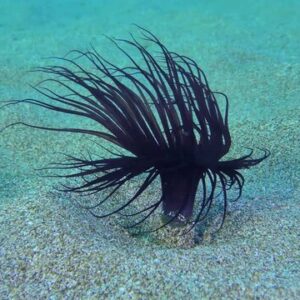
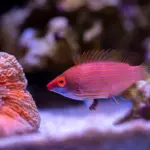
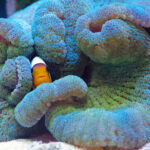
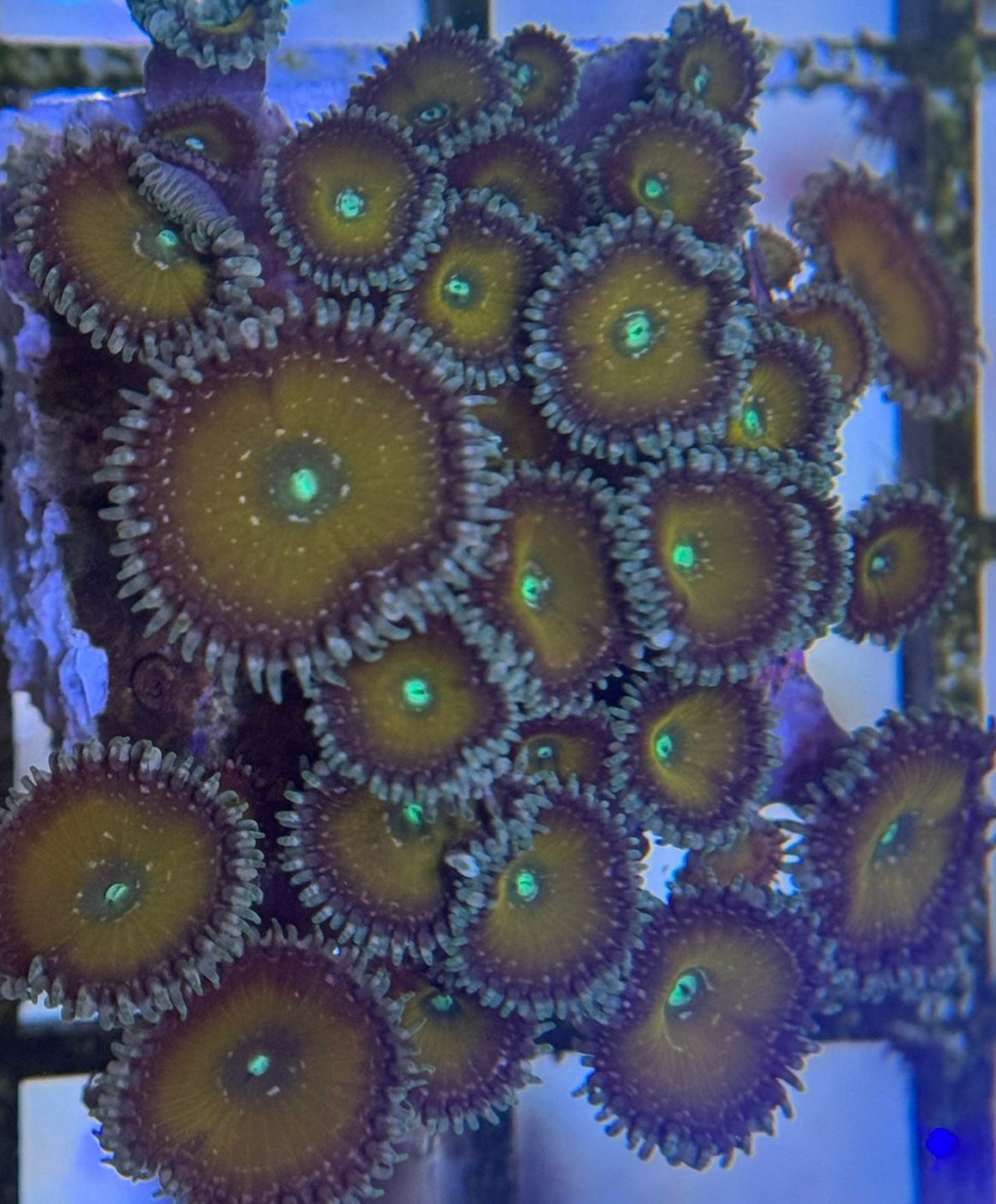
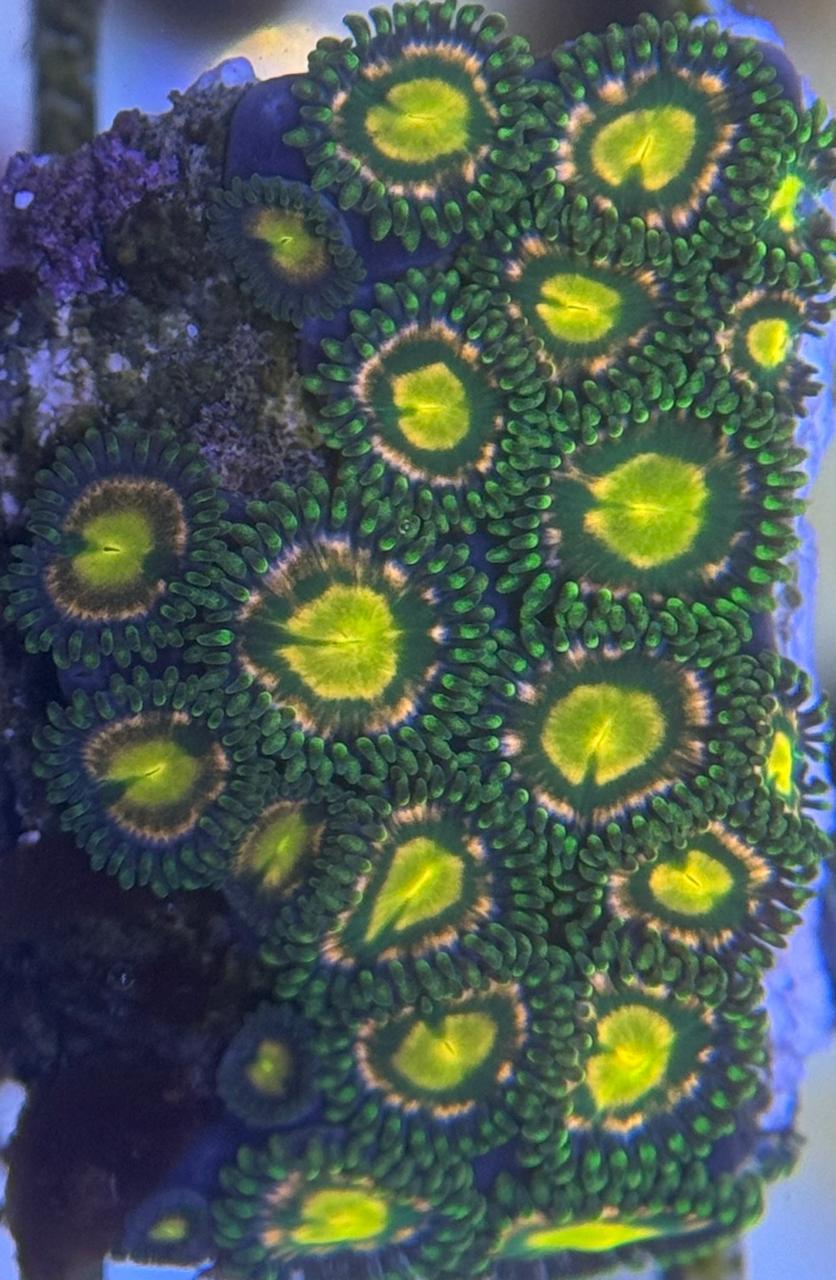
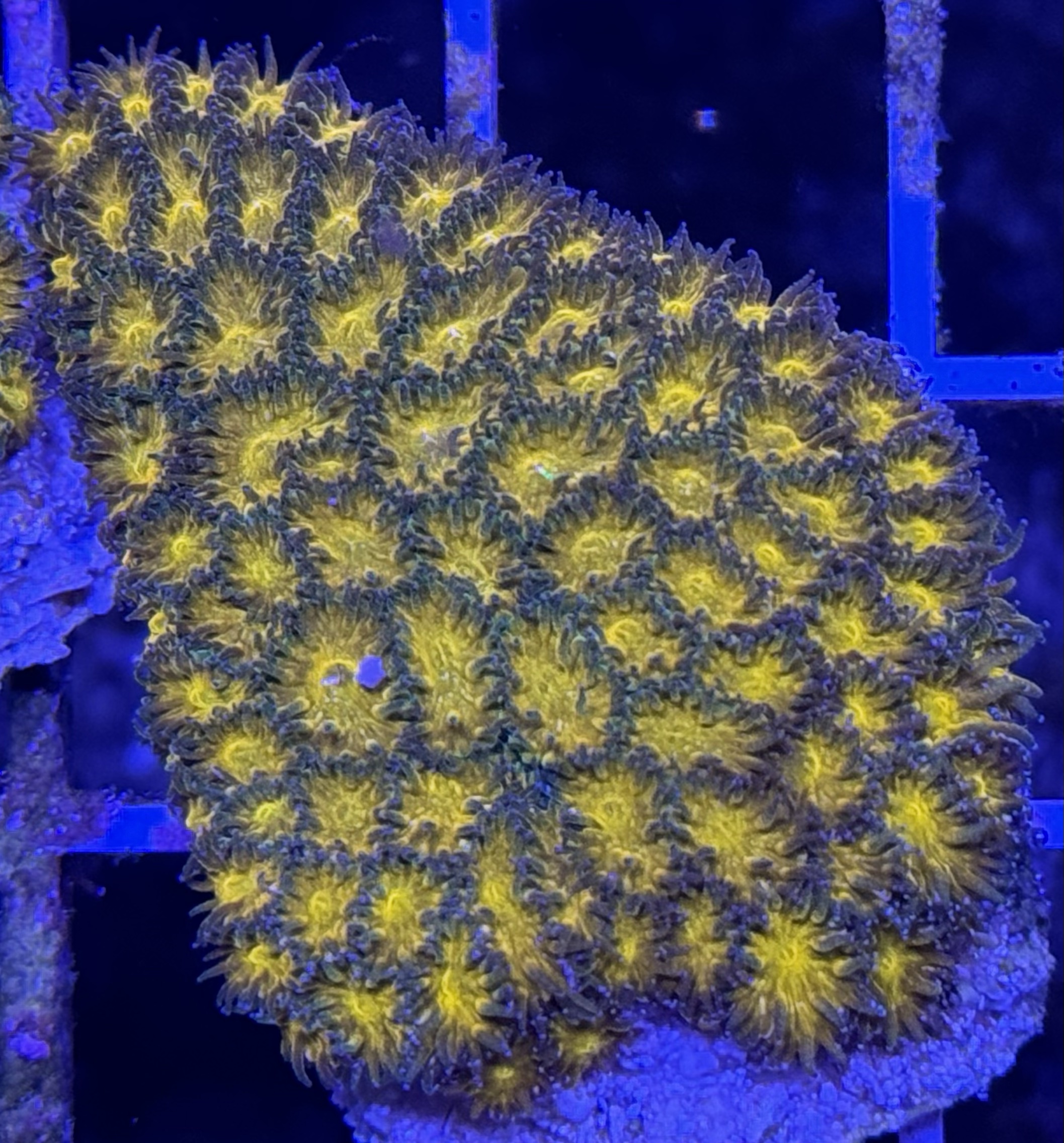
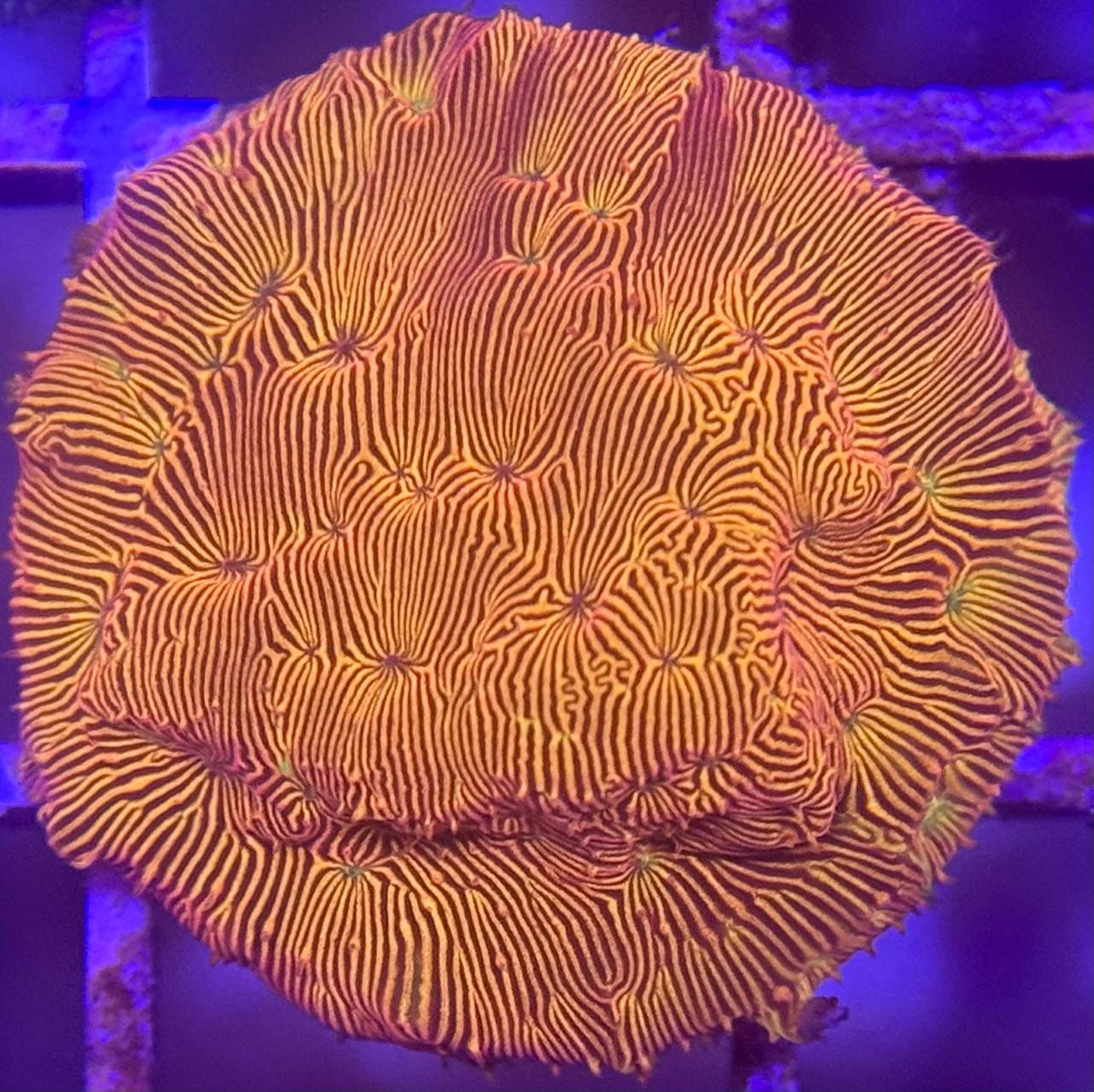
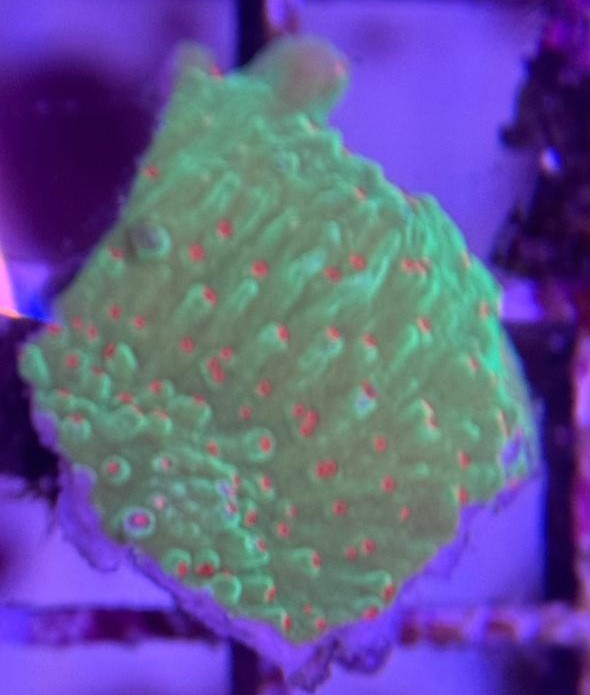
Reviews
There are no reviews yet.